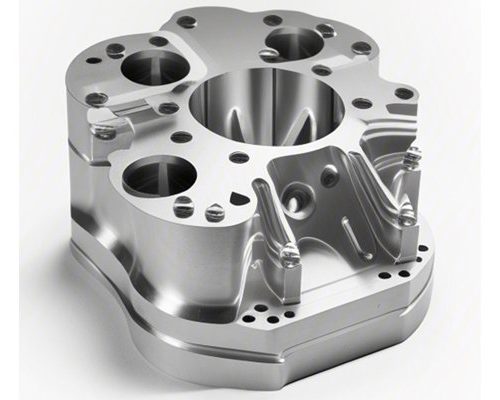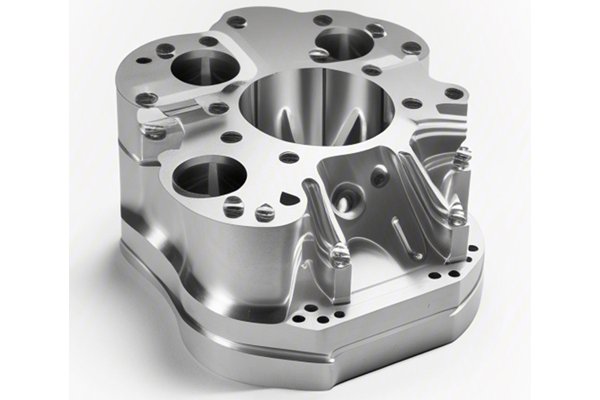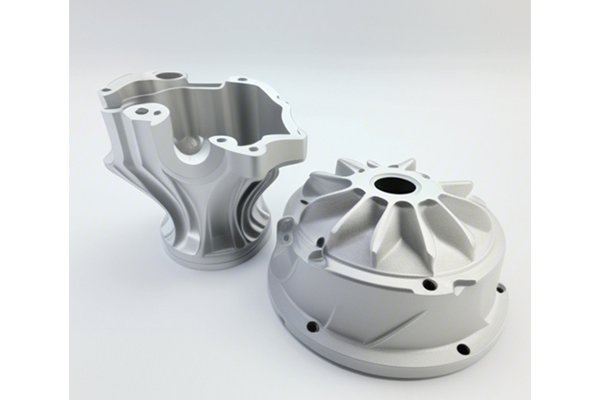: Welcome to a New Era of Manufacturing
In an age where innovation is both a necessity and a competitive differentiator, the significance of rapid prototyping and precision CNC machining cannot be overstated. Welcome to the world of YL Machining, where creativity meets cutting-edge technology to shape the future of manufacturing. In this article, we will delve deep into the concepts, methodologies, and applications that YL Machining epitomizes, illustrating how they are at the forefront of transforming product development.
As we explore the nuances of rapid prototyping, CNC machining, and how these processes interconnect, we’ll uncover insightful perspectives on industry trends and the pivotal role that YL Machining plays in steering the ship towards smarter and more effective manufacturing solutions.
Chapter 1: Understanding Rapid Prototyping
Definition and Importance
Rapid prototyping is an umbrella term that encompasses various techniques used to quickly produce a scale model or a functional prototype of a product. This agile approach to design and development enables teams to validate ideas, iterate on feedback, and accelerate time to market.
In an increasingly competitive landscape, rapid prototyping bridges the gap between conception and execution, providing businesses with crucial insights. Rapid prototypes serve not only as proof of concept but also as tools for testing functionality, ergonomics, and usability.
Methods of Rapid Prototyping
The Benefits of Rapid Prototyping
Chapter 2: The Role of YL Machining in Rapid Prototyping
Our Approach to Innovation
At YL Machining, we strive to set a benchmark in rapid prototyping by integrating the latest technologies with expert craftsmanship. Our agile methodologies and commitment to excellence are crucial to our clients’ successes. The following elements underscore our rapid prototyping prowess:
Case Studies: YL Machining’s Impact
Enhancing Client Experience through Technology
YL Machining is committed to continuous improvement, and we navigate emerging technologies to enhance our offerings. Our use of digital tools and software, including CAD and CAM, optimizes design processes and ensures that our clients experience seamless project flow.
Individualized project management tools allow our clients to track progress, communicate with our teams, and remain actively involved throughout the prototyping journey.
Chapter 3: A Deep Dive into CNC Machining
What is CNC Machining?

CNC machining refers to the automated control of machining tools (such as mills, lathes, and routers) by a computer. This technology increases precision in manufacturing and is instrumental in producing highly detailed parts, molds, and prototypes.
The CNC Process
Advantages of CNC Machining at YL Machining
Applications of CNC Machining in Rapid Prototyping
Chapter 4: The Intersection of Rapid Prototyping and CNC Machining
Why Choose YL Machining for Integrated Solutions?
The synergy between rapid prototyping and CNC machining produces unparalleled effectiveness in product development. At YL Machining, we harness the strengths of both processes to offer clients holistic solutions that facilitate continuous innovation.
Chapter 5: Industry Trends Shaping the Future of Prototyping and Machining
The Rise of Industry 4.0
The advent of Industry 4.0 heralds a new era for manufacturing, characterized by interconnected technologies and automation. YL Machining keeps pace with these advancements by investing in IoT (Internet of Things), big data, and AI (Artificial Intelligence) to enhance manufacturing processes.
Sustainability in Manufacturing
Sustainable manufacturing practices are no longer optional; they are essential. YL Machining is committed to sustainable practices, from utilizing eco-friendly materials to optimizing energy consumption in our machining processes. This commitment not only benefits the planet but also enhances brand reputation and customer loyalty.
Customization and Personalization
As consumer preferences evolve, the demand for customized products is on the rise. YL Machining is poised to meet this need through agile manufacturing practices, allowing us to produce tailored prototypes and solutions without compromising on quality or precision.
: The YL Machining Promise
In a world driven by innovation, YL Machining stands as a beacon for businesses seeking excellence in rapid prototyping and CNC machining. Our commitment to quality, precision, and cutting-edge technology empowers our clients to bring their visions to life while staying ahead of the competition.
As we continue to explore the future of manufacturing, our mission remains steadfast: to provide unparalleled service that inspires innovation and fosters growth. Whether you’re an established corporation or a budding startup, YL Machining is your trusted partner on this exciting journey.
Join Us on the Path to Innovation
We invite you to be part of this dynamic landscape. Reach out to YL Machining today to discover how we can collaborate on your next project! Together, let’s turn your ideas into reality, one prototype at a time.



